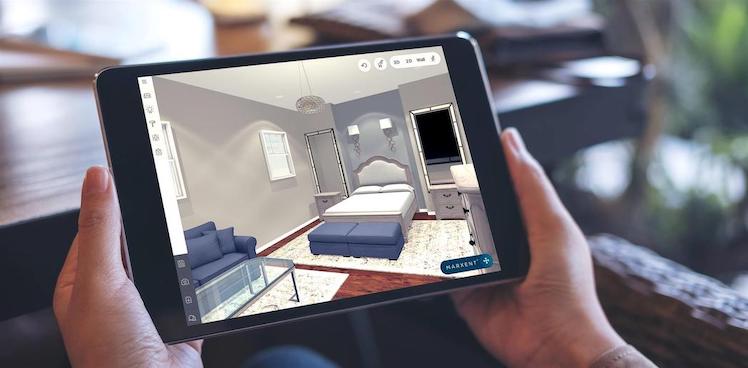Developing for WebGL
This section provides information required to develop apps that are suitable for WebGLA JavaScript API that renders 2D and 3D graphics in a web browser. The Unity WebGL build option allows Unity to publish content as JavaScript programs which use HTML5 technologies and the WebGL rendering API to run Unity content in a web browser. More info
See in Glossary. It includes information that you might want to consider before you begin to develop on WebGL.

This section covers the following WebGL topics:
| Page | Description |
|---|---|
| WebGL Memory | How memory is managed in WebGL. |
| WebGL: interacting with browser scripting | The different methods used for browser scripting in WebGL. |
| WebGL performance considerations | WebGL performance considerations. |
| Debugging and troubleshooting WebGL builds | Debugging and troubleshooting WebGL builds. |
| Cursor locking and full-screen mode in WebGL | Cursor locking and full-screen mode support in WebGL. |
| WebGL Input | Lists the input types supported in WebGL. |
| WebGL Networking | How to use networkingThe Unity system that enables multiplayer gaming across a computer network. More info See in Glossary in WebGL. |